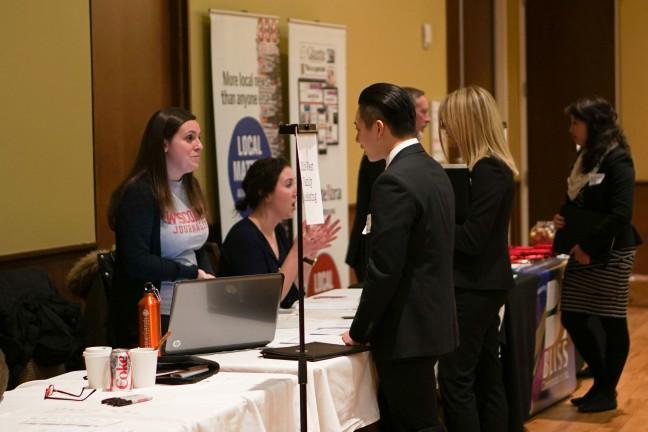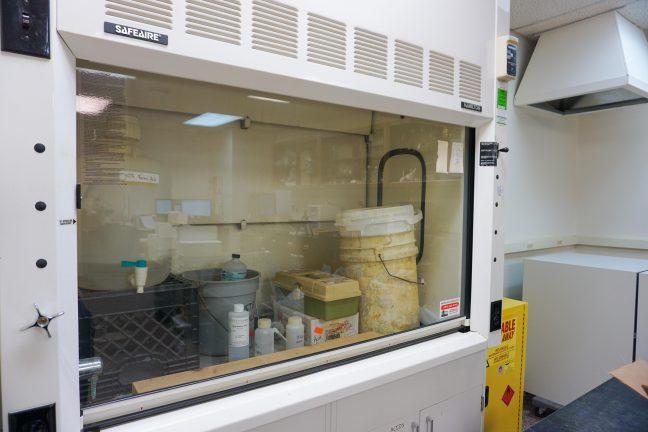I am told there was a time when Halloween in Madison was a peaceful event. People slipped on their finest masquerades, took to the streets for a glamorous party and responsibly patronized bars before heading home, removing several layers of makeup and checking the refrigerator for tomato juice.
But I wouldn't know.
I am a senior at the University of Wisconsin and, as I approach my last Madison Halloween, my class runs the risk of being the first ever to graduate without such an experience. Freshman year was marred by the police department's first usage of tear gas in some time. Sophomore year saw riot-gear gracing State Street. And despite floodlights and Mounties, junior year didn't fare much better.
A lot of ideas are being traded at the moment about how such a riot can be prevented this year. And almost none of them are without merit. A later bar time, as this paper's editorial board noted Tuesday, has some clear advantages in terms of crowd management. An earlier bar time might keep things a touch more sober and prevent people from reaching the tipping point that has been sadly struck for the past three years. More lights. A better sound system. Additional horses. There are lots of ideas floating around.
But complicating matters, some otherwise sensible suggestions have been discovered to bear wholly bizarre footnotes of sorts.
The first genuinely strange dilemma facing the city is daylight savings time. Congress' move to roll the annual changing of the clocks back won't take effect this year and so on the Saturday night of the big party, at the precise moment of "bar time," Cinderella, her pumpkin's chauffer and Madison revelers will all discover the dry moment of 2 a.m. to have transformed into the wet hour of 1:00 a.m.
This is rather unfortunate. What is already one of America's largest parties doesn't need an extra hour at the expense of a time-changing policy originally created to help the country's agricultural industry.
But the matter isn't as simple as asking bar owners to voluntarily observe the earlier closing time as opposed to the later option. Those of us who have been around for all three riotous Halloween's will recall what happened last time bar owners, after being prodded by school and city officials, "voluntarily" made a universal adjustment to their business practices: a facially-ludicrous collusion lawsuit that rocked the city and cost a pretty penny to defend.
So what is the solution to Halloween's newly-found tendencies of disruptive violence? After three explosive holidays in Madison, the better part of a UW education and numerous meetings with school and city officials on this matter, I still don't know. It would seem that for many out-of-town guests, the attraction has ceased to be decadent costumes and instead become the sort of violence once reserved for times of actual political unrest. Short of martial law or a reckless disregard for the First Amendment, it appears, at first, that officials will be unable to stop these troublemakers from penetrating the corridors of State Street.
But the good news is that you can't have a riot without a mob. And should the city successfully negotiate a way to calmly, peacefully and effectively disperse the drunken masses at whatever hour Halloween may come to an end this October, it would seem that I might well have the pleasure of graduating with one peaceful Halloween to reminisce upon.
While uncertainty may surround many of the hypothetical remedies during this, the planning stage, one thing must become clear as soon as the city settles upon a course of action: it demands support. Mayor Dave Cieslewicz, numerous aldermen, school officials and student leaders alike will have poured countless hours into meeting out the plan for this year's holiday and we owe it to all of them — as well as everyone who will be gracing the Kohl Center stage this year and in coming years — to pull off a safe, responsible and peaceful Halloween.
Mac VerStandig ([email protected]) is editor in chief of The Badger Herald and a senior majoring in rhetoric.







